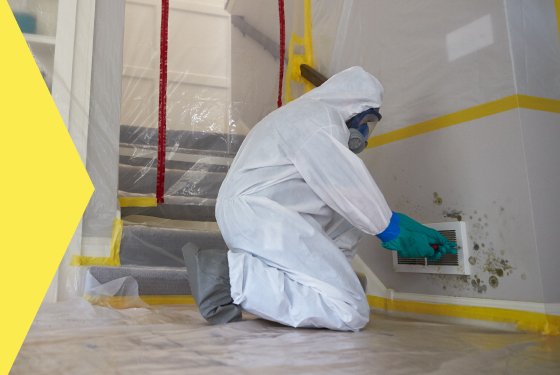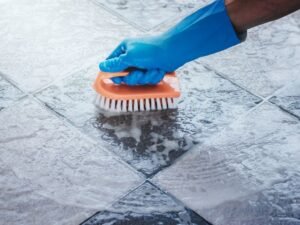Mold removal is a crucial process for maintaining a healthy indoor environment. Mold, a type of fungus, thrives in damp and humid conditions, and it can pose serious health risks if not addressed promptly. Understanding the basics of mold removal is essential for homeowners and property managers to ensure a safe and mold-free living or working space.

Identifying Mold Infestation
The first step in mold removal Bellevue is identifying the presence of mold. Mold can grow in various colors, including black, green, or white, and often appears as patches on walls, ceilings, or other surfaces. Musty odors, water stains, and peeling paint can also indicate mold growth. Regular inspections, especially in areas prone to moisture, such as bathrooms, basements, and kitchens, can help detect mold early.
Addressing Water Intrusion
Mold thrives in damp environments, so addressing water intrusion is crucial for effective mold removal. Leaks in roofs, pipes, or windows should be repaired promptly. Ensuring proper ventilation in high-moisture areas can also prevent mold growth. Adequate ventilation helps reduce humidity levels, making it less favorable for mold to flourish.
Protective Measures
Before starting the mold removal process, it’s essential to take protective measures to avoid exposure to mold spores. This includes wearing protective clothing, gloves, and a mask to prevent inhalation of mold particles. Ventilating the area during the removal process can help disperse airborne spores.
Isolating Contaminated Areas
To prevent the spread of mold spores to unaffected areas, it’s crucial to isolate the contaminated space. This can be achieved by sealing off the affected area with plastic sheeting and using negative air pressure to ensure that mold spores are not dispersed to other parts of the building.
Cleaning and Disinfecting
Once the contaminated area is isolated, the next step is to clean and disinfect the mold-infested surfaces. Non-porous materials like glass and metal can often be cleaned with commercial mold removers or a mixture of water and detergent. However, porous materials like drywall and insulation may need to be removed and replaced to eliminate the mold completely.
Drying the Area
After cleaning, it’s essential to thoroughly dry the affected area to prevent future mold growth. Dehumidifiers and fans can be used to accelerate the drying process. Ensuring proper ventilation in the space will also help maintain lower humidity levels, discouraging mold from returning.
Preventive Measures
To prevent mold from returning, it’s crucial to address the root cause of moisture. Regular maintenance, such as fixing leaks, improving ventilation, and using moisture-resistant materials, can help create an environment less conducive to mold growth. Periodic inspections and prompt repairs are key components of effective mold prevention.
Professional Assistance
While small mold infestations can often be addressed with DIY methods, larger or extensive mold problems may require professional assistance. Certified mold remediation experts have the knowledge, equipment, and experience to handle more complex situations safely and effectively.
Testing for Mold
Before initiating the removal process, it’s advisable to conduct mold testing to identify the specific type and extent of mold present. While visible mold is an obvious indication of a problem, testing helps in assessing the full scope of the infestation, especially in hidden or hard-to-reach areas.
Professional mold testing services can provide accurate information about the types of mold present and their concentrations, aiding in the development of an effective removal strategy.
Developing a Removal Plan
Based on the results of mold testing, it’s essential to develop a comprehensive removal plan. This plan should outline the specific steps and methods to be employed, considering the type of mold, the affected materials, and the extent of the infestation.
A well-thought-out removal plan ensures a systematic and efficient approach to eliminating mold, minimizing the chances of recurrence.Mold removal involves a systematic approach, including identification, addressing water intrusion, protective measures, isolating contaminated areas, cleaning and disinfecting, drying, preventive measures, and, when necessary, seeking professional assistance.




